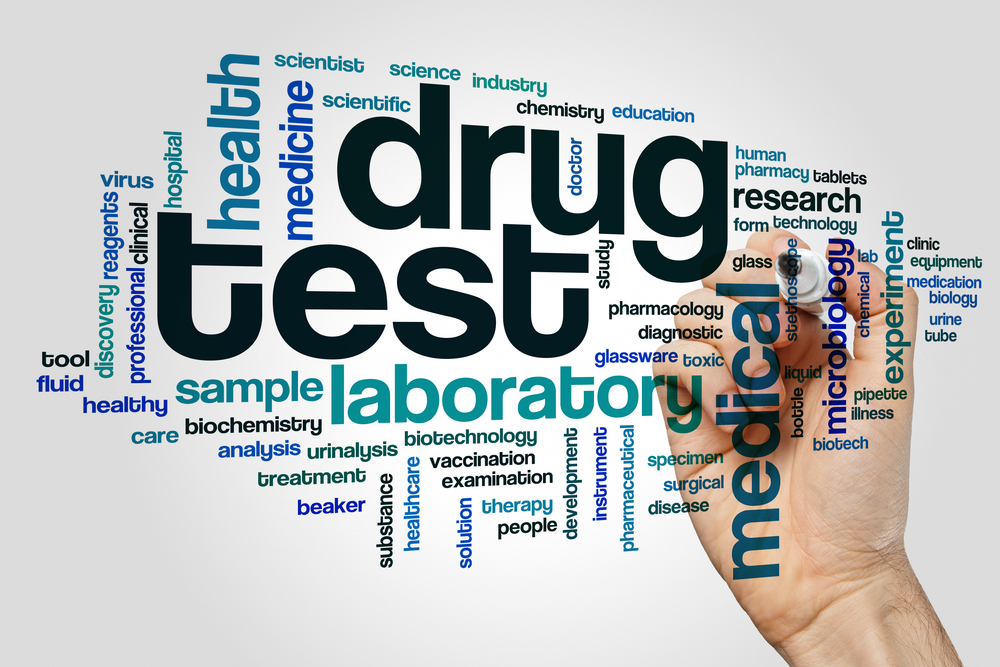Purposes Of Drug Testing

Individuals and corporations require drug testing as a means of satisfying regulations or satisfying health concerns. They include newborns considered “at-risk,” children in unsafe environs, and adults whose professions require strict safety compliance. Taking drugs of any kind would jeopardize their careers and their employers’ reputations.
Drug Tests For Employers and Organizations
 Do you need to test employees or team members for potential use of illegal steroids, marijuana, or cocaine? Talk to a consultant about the drugs a business tests for. Learn where tests can be administered, methods of testing, and costs related to each sort of drug test.
Do you need to test employees or team members for potential use of illegal steroids, marijuana, or cocaine? Talk to a consultant about the drugs a business tests for. Learn where tests can be administered, methods of testing, and costs related to each sort of drug test.
Although they range in price, effective testing should be more important than the cost. Drug use can be spotted for many weeks after they were taken as a result of certain tests.
For Those Undergoing Testing
Most tests are negative because most employees and athletes follow the rules for their own safety and that of others. It is easy, however, to become paranoid if you listen to rumors. Ask questions, learn what is about to happen, and alleviate your fears.
Occupational Testing
The workplace should be safe for everyone, but when one member of staff uses drugs or alcohol, he or she undermines safety on the job. Industrial work places, factories, chemical plants, and construction sites are loaded with sensitive and dangerous material.
Impairment puts everyone at risk. Drivers for trucking or sales companies not only risk their own safety but that of other road users.
An employer’s business is unlikely to survive the backlash if drivers and other employees cause harm to anyone else because they were using drugs but had not been tested. Many organizations mandate testing at regular intervals. Insurance companies require testing results for their records and to continue insuring a business.
Drug Testing and Athletics
Each sporting association maintains its own standards and testing procedures, but they are similar in nature and purpose. Recent high-profile cases demonstrate that no one, however highly-paid or famous, is free from the hassles of testing. Athletes who take drugs are a danger to themselves.
Sometimes, they experience unfair advantages such as increased energy and muscle gains, but they also create problems for their health in the future. Since young athletes follow the careers of sporting professionals and admire them, it is important to ensure their role models are not taking illegal substances.
Testing Children and Babies
Certified labs take samples of hair, umbilical cord, meconium, and breast milk and examine them closely for signs of drugs. If a child’s hair contains evidence of drug exposure, this indicates to social services that conditions might be unsafe in the home.
Umbilical, meconium, and milk samples show that drugs have passed from mother to baby, helping medical professionals know how to treat a newborn and address the mother’s drug problem or identify a cause of death in tragic circumstances.
Social services might use this as evidence to call in foster support for a period of time. Results from meconium, for example, are admissible as evidence in a court of law.
Testing Adults for Illegal Substances
Employees and athletes don’t mind collecting urine in a bottle or handing over pieces of hair, but the tests they fear are blood tests. One of these is PETH.
Blood is collected using a lancet to break the skin of one’s finger and a card to collect the drops. Companies can order these test kits through the mail and send them off to testing facilities where dried blood samples reveal exposure levels from environmental to ingested.
Examples show that these blood drops reveal drug use over a period of up to 3 weeks. Blood can also be collected directly from the client at an approved lab using a vein or a lancet. Only 5 ml is required; the equivalent of a teaspoon.
